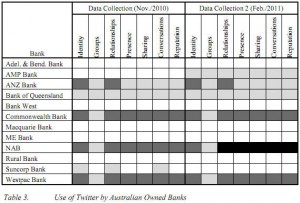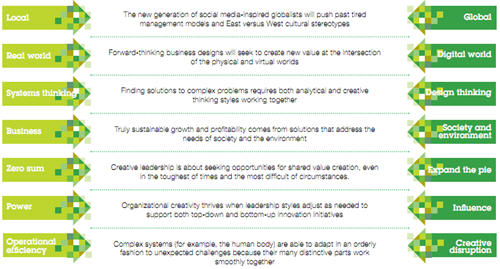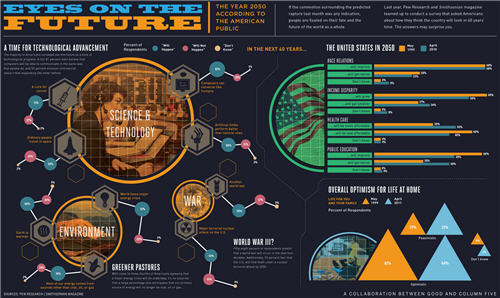Qantas Business Radio: why crowdsourcing will drive the future of organizations
This month’s Qantas Business Radio has a technology focus, including interviews with Nick Leeder, Managing Director of Google Australia, Simon Hackett, Managing Director of Internode, Peter Williams, CEO of Deloitte Digital, Charis Palmer, Editor of Technology Spectator, Ian Hogg, CEO of FremantleMedia Australia, as well as myself.
There are some great insights in the various interviews, and if you’re not going to be on a Qantas flight you can listen to or download the interviews here, though I believe only until the end of August.
My interview was very broad-ranging: we spent some time discussing implications for organizations of a connected world including the role of crowdsourcing and the idea of the global brain, went on to look at how to use the iPad for work and why it is the first technology that is better than paper for many purposes, and finally when newspapers will become extinct around the world.
Read more →



